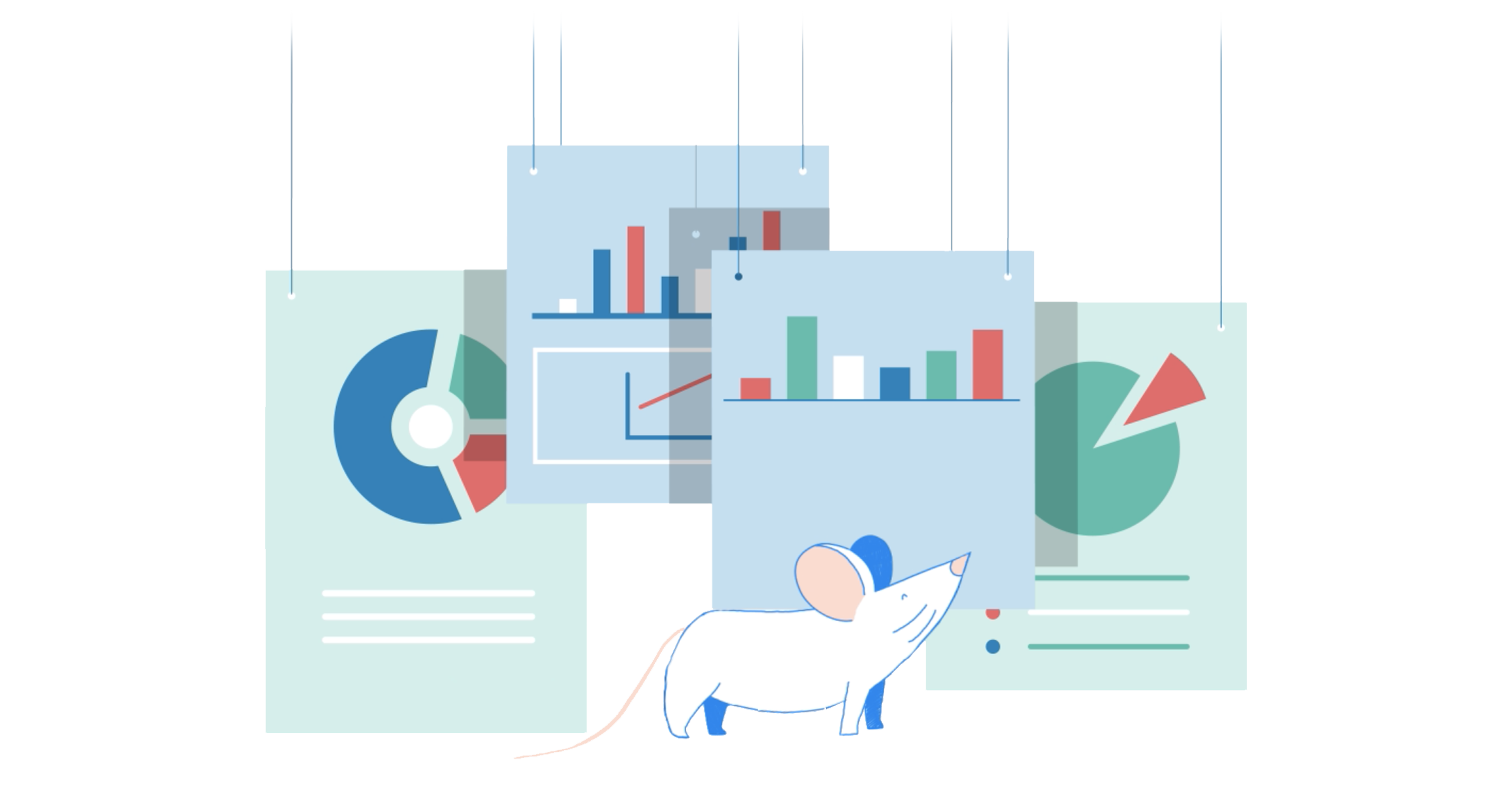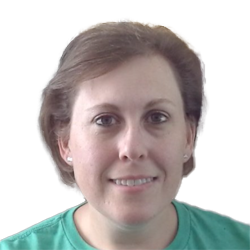UCLA DLAM BCS & Transnetyx Colony + AMI
UCLA DLAM has chosen to partner with Transnetyx to provide you with tools and resources to assist DLAM Breeding Colony Services (BCS) manage your colonies effectively and responsibly in keeping with the 3R’s of research.
Transnetyx’s cloud-based colony management software, aptly named Colony, is used to manage your mouse records, genotype information, breeding and litter records, and inventory of your mouse lines for colonies managed by DLAM BCS. As part of DLAM’s commitment to resource efficiency, all labs currently supported by DLAM BCS can benefit from the powerful tools and features found in Colony+AMI (Artificial Mouse Intelligence), allowing you to identify ways to reduce waste from unnecessary breeding, low density cages, or excess stock cages and increase your research output, decrease your costs, or both!
We have provided you with the tools that will allow you to track these inefficiencies in real time and encourage you to promptly take action. If you have any UCLA DLAM BCS procedural questions, please reach out to DLAMBCS@mednet.ucla.edu. If you have any Colony+AMI related questions or training requests, please reach out to colony@transnetyx.com. For any other Transnetyx questions, please reach out to your local Transnetyx representative Amy Steinbacher at asteinbacher@transnetyx.com.

STEPS YOUR LAB CAN TAKE TO REDUCE CAGES
1. Login to your Transnetyx Colony group often (at least 2-4 weeks minimally).
2. Review Breeder Alerts and Colony Evaluation recommendations to identify possible breeding and/or housing inefficiencies.
3. When action is needed, submit request appropriately (batch requests whenever possible:
i. All breeding and Cull requests must be submitted through Colony AMI using the Request Task feature.
ii. All other requests are emailed to DLAMBCS@mednet.ucla.edu with sufficient detail about the cages, mice, and requested action for BCS staff to clearly identify and complete the request. PI Request Forms are no longer accepted.
Request Task Feature - Tutorial
Testimonials from UCLA Researchers
Our lab regularly checks for excess cages on a weekly basis and the AMI evaluation function has been especially useful to identify these cages as well as older breeding cages including those with long breaks between litters.
AMI has been an extremely valuable resource that has helped me to assess which breeders are still viable and which have aged out and need to be culled. This allows for the possibility of more productive breeding pairs in regards to project timelines. The user friendly software makes it easier to submit request forms to DLAM.
One of the pain points of using the request form is that I have to manually identify the mice or cages that need to be culled due to old age or lack of space and type it onto the request form. It was great to see how AMI automatically assessed my colonies with a few clicks to establish the filters to find mice that could be removed from the colony.
How To leverage AMI’s evaluation to reduce cages
Colony AMI Evaluation for UCLA Labs
Creating and Exporting Aged Out Mice Report and Tracking Cull List
Taking Action on Excess Stock Cages
Activate your Breeding Plans in the AMI Project Planner
More science in every cage.
Manage your colony more efficiently with less effort. Based on your research goals and resources, AMI will:
- Guide you to a more efficient cage footprint
- Reduce the number of animals housed over the course of your project
- Optimize your production of viable experimental subjects



